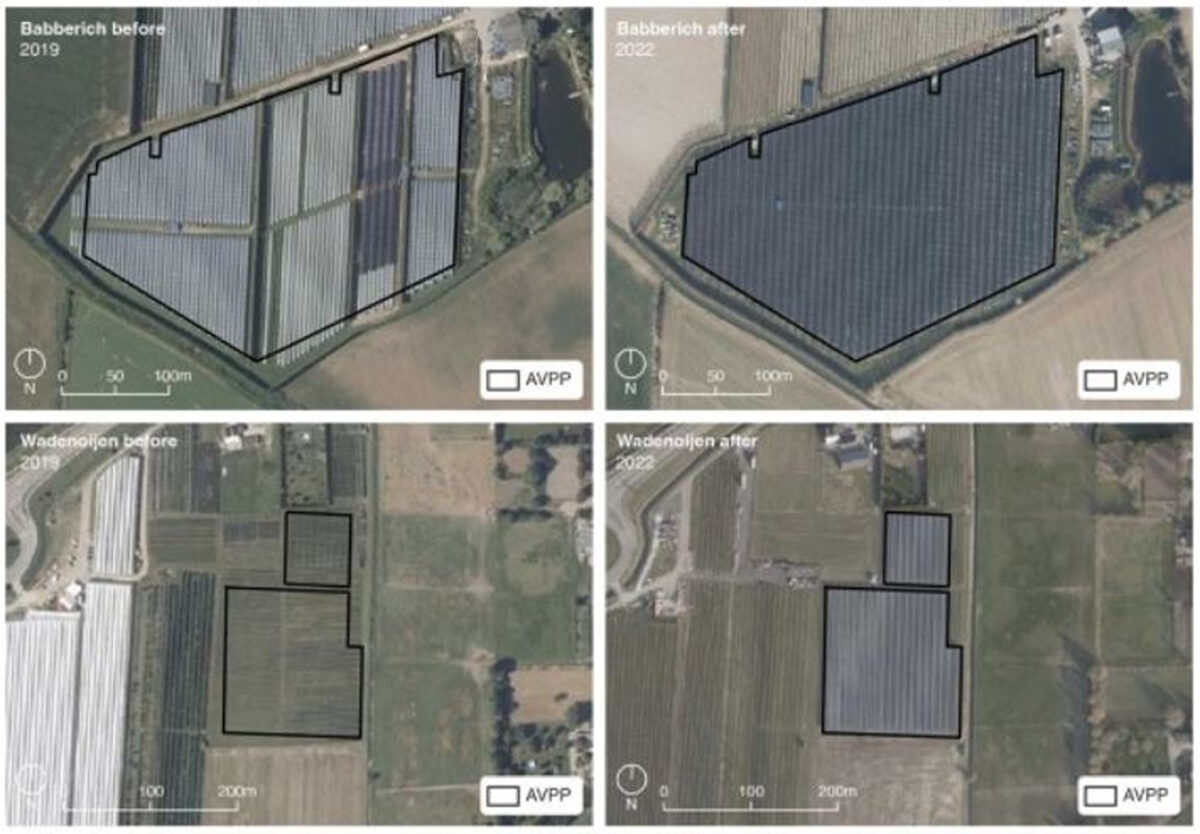Researchers at the Wageningen University & Research in the Netherlands have developed an analytical framework comprising ten landscape change indicators (LCIs) for agrivoltaic projects.
The novel indicators are intended to help policymakers and project developers mitigate the environmental and visual impact of agrivoltaic facilities. “As to date relatively little research has been conducted on landscape change with respect to agrivoltaics, it is yet unclear what methods are useful,” the academics explained.
They initially collected case identification and spatial data from grey and peer-reviewed literature, as well as from fieldwork, interviews with farmers, orthophotos, and satellite images. Their analysis then considered 15 agrivoltaic facilities with a power of over 100 kW, a minimum intended project span of five years, and a Technology Readiness Level (TRL) of five. The TRL measures the maturity of technology components for a system and is based on a scale from one to nine, with nine representing mature technologies, ready for full commercial application.
The 10 LCIs refer to land use change, crop change, change in vertical non-agricultural vegetation, change of relief, change of historical linear landscape structures, change in crop support system, change of fences, change of agrivoltaic system structure, change in the pattern of the agricultural landscape, and change in openness.
For each of the selected agrivoltaic sites, the scientists found a different number of LCIs, depending on the intensity of the visual and environmental impact. The maximum number of identified LCIs per case was six for a site in Almere, followed by facilities located in Babberich, Culemborg, and Wadenoijen sites with five, four, and three LCIs, respectively.
Popular content
“The most frequently identified LCIs were change of agrivoltaic system structure, change in openness, and change of pattern of the agricultural landscape, which occurred in all cases,” the research group explained. “Crop change and change of historical linear landscape structures were not identified.”
Their analysis also revealed that the LCIs depend strongly on the design of agrivoltaic system and the characteristics of the site.
The LCIs were presented in the paper “Agrivoltaics and landscape change: First evidence from built cases in the Netherlands,” which was recently published in Land Use Policy. “Whereas this study focused on physical landscape changes, future research should examine the perceived changes in landscape quality due to the implementation of agrivoltaic systems,” the researchers concluded.
This content is protected by copyright and may not be reused. If you want to cooperate with us and would like to reuse some of our content, please contact: editors@pv-magazine.com.



1 comment
By submitting this form you agree to pv magazine using your data for the purposes of publishing your comment.
Your personal data will only be disclosed or otherwise transmitted to third parties for the purposes of spam filtering or if this is necessary for technical maintenance of the website. Any other transfer to third parties will not take place unless this is justified on the basis of applicable data protection regulations or if pv magazine is legally obliged to do so.
You may revoke this consent at any time with effect for the future, in which case your personal data will be deleted immediately. Otherwise, your data will be deleted if pv magazine has processed your request or the purpose of data storage is fulfilled.
Further information on data privacy can be found in our Data Protection Policy.